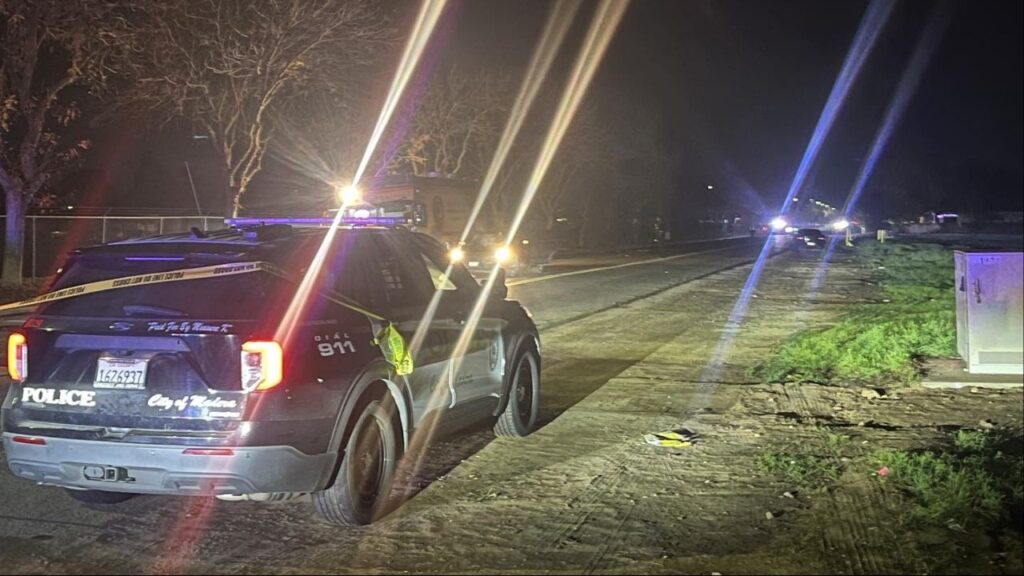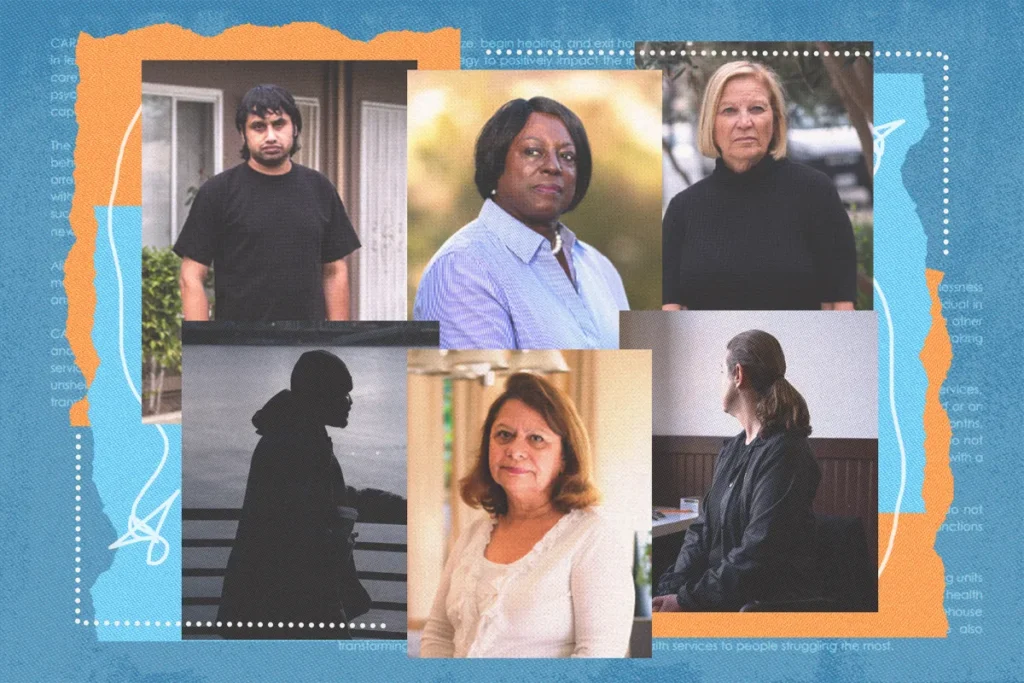Share
|
Getting your Trinity Audio player ready...
|
“Everybody talks about the weather but nobody does anything about it” is an old quip attributed – probably erroneously – to Mark Twain.
It could be legitimately applied to the California Environmental Quality Act, a 53-year-old law originally meant to prevent government agencies from ignoring the impacts of their public works projects but later expanded, mostly by judicial decisions, to private developments as well.
CEQA’s use, or misuse, as a weapon in the state’s perpetual battles over housing has been well documented. Opponents of housing projects in their neighborhoods use it to stall construction and labor unions use it to leverage developers into agreements to use union workers.
Former Gov. Jerry Brown decried such uses and said reforming CEQA is “the Lord’s work” but was an agnostic about doing it, apparently convinced that opposition from environmental groups and unions, two of the Democratic Party’s most influential allies, would make reform impossible.

Dan Walters
CalMatters
Opinion
The Legislature has been willing to exempt specific projects, such as sports arenas, from the CEQA process, as well as some narrow categories of housing. But the broad reform that CEQA’s critics say is necessary has long been a non-starter.
The politics of CEQA may be changing.
Last year, the state Supreme Court decreed in a suit against the University of California, that expanding the number of students admitted to UC Berkeley was an environmental impact that had to be considered under CEQA. The decision would effectively have forced the university to turn away thousands of students it had planned to admit for the 2022-23 school year.
Powerful New CEQA Weapon
Moreover, the underlying concept of people as an impact would hand opponents of housing projects throughout the state a potentially powerful weapon.
The plaintiff in that suit was a local organization calling itself Save Berkeley’s Neighborhoods, which alleged that having more students would degrade the community’s ambiance – very similar to the opposition of local groups to state-imposed housing quotas.
The Legislature reacted with lightning speed, passing legislation declaring that college enrollment is not a “project” requiring mitigation under CEQA.
However, another group, Make UC a Good Neighbor, had also filed a CEQA suit challenging both UC Berkeley’s long-range development plan and a UC housing project in UC-owned People’s Park, the site of numerous anti-war demonstrations in the 1960s that today is mostly covered by homeless encampments.
Last week, a state appellate court rejected the challenge to UC’s development plan but declared that the People’s Park project needed more work and – more importantly – decreed that UC “failed to assess potential noise impacts from loud student parties in residential neighborhoods near the campus, a longstanding problem that the EIR improperly dismissed as speculative.”
If upheld by the state Supreme Court, the latter declaration would once again give NIMBY opponents to housing developments a powerful weapon. They could contend that housing for low-income families would bring noise or other undesirable impacts to their neighborhoods.
In a statement, Gov. Gavin Newsom tweeted, “A few wealthy Berkeley homeowners should not be able to block desperately needed student housing for years and even decades. CEQA needs to change and we are committed to working with the legislature so California can build more housing.”
It raises this question: How far are Newsom and the Legislature willing to go on CEQA reform?
They could write a narrow exemption as they did on the previous UC Berkeley case, they could make a wider change affecting CEQA’s effect on housing, or they could go whole hog and do a top-to-bottom overhaul of the law to return it to its original purpose before it was weaponized.
Words are cheap. Only actions count.
About the Author
Dan Walters has been a journalist for nearly 60 years, spending all but a few of those years working for California newspapers. He began his professional career in 1960, at age 16, at the Humboldt Times. For more columns by Walters, go to calmatters.org/commentary.
Make Your Voice Heard
GV Wire encourages vigorous debate from people and organizations on local, state, and national issues. Submit your op-ed to rreed@gvwire.com for consideration.
RELATED TOPICS:
Categories

7-Eleven Inc Says CEO Jeo DePinto to Retire

















